Contents
Guide


Hello. I am William Bee, and this is my Wonderful World of Tractors and Farm Machines. Tractors and farm machines help farmers grow most of the food we eat. Potatoes and sugar and wheat and peas and carrots and apples and strawberries and... well you get the idea. anything much to eat at all! Tractors are the most useful of farm machines.

They can be very small and thin like this one.

They can be very small and thin like this one.
It can get between apple, pear and plum trees without knocking the fruit off all the branches. Tractors can be very, very big like this one. It can cover hectare after hectare if you have a very, very big farm.  Its wider than most tractors are long... ...even one as long as this.
Its wider than most tractors are long... ...even one as long as this.  It has four great big wheels and two great big engines like two tractors joined together which makes it very powerful and perfect for pulling the heaviest machinery through the thickest mud.
It has four great big wheels and two great big engines like two tractors joined together which makes it very powerful and perfect for pulling the heaviest machinery through the thickest mud.
Its all the pulling and pushing and carrying and lifting that makes tractors so useful. They are useful because of what they can pull like this plough. Ploughs prepare the ground for planting.
They turn the soil upside down (and downside up), burying all the weeds.  Tractors are useful for what they can push like this great big pile of smelly manure.
Tractors are useful for what they can push like this great big pile of smelly manure.  It gets spread over the upside-down soil and adds lots of natural (and smelly) goodness to help the crops grow. Tractors are useful for what they can pick up like these three great big tree trunks.
It gets spread over the upside-down soil and adds lots of natural (and smelly) goodness to help the crops grow. Tractors are useful for what they can pick up like these three great big tree trunks.
They weigh as much as another tractor.  Tractors are useful for what they can scoop up like these potatoes.
Tractors are useful for what they can scoop up like these potatoes. 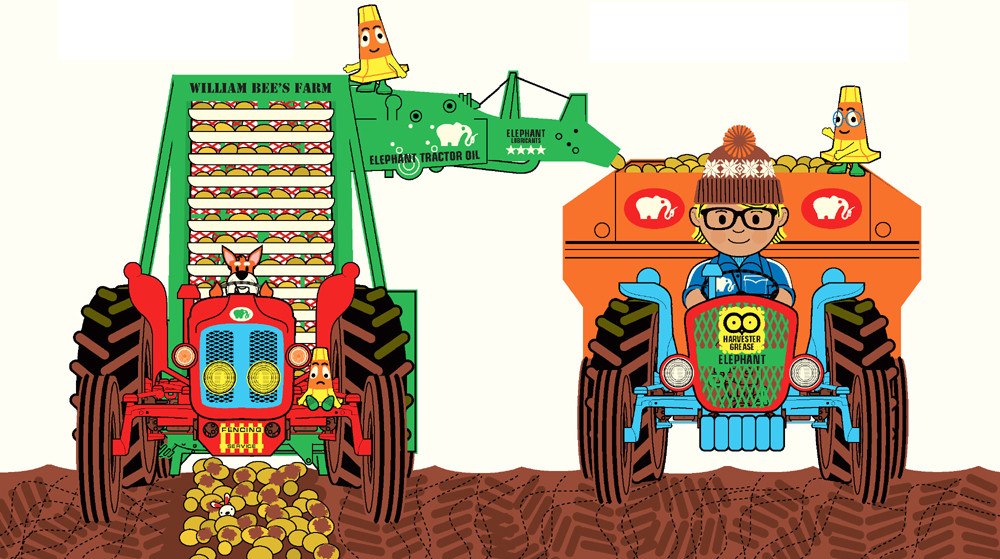 They are shaken about to get rid of the dirt and then loaded into this wagon. Tractors are useful for what they can carry like this tank full of fertiliser.
They are shaken about to get rid of the dirt and then loaded into this wagon. Tractors are useful for what they can carry like this tank full of fertiliser. 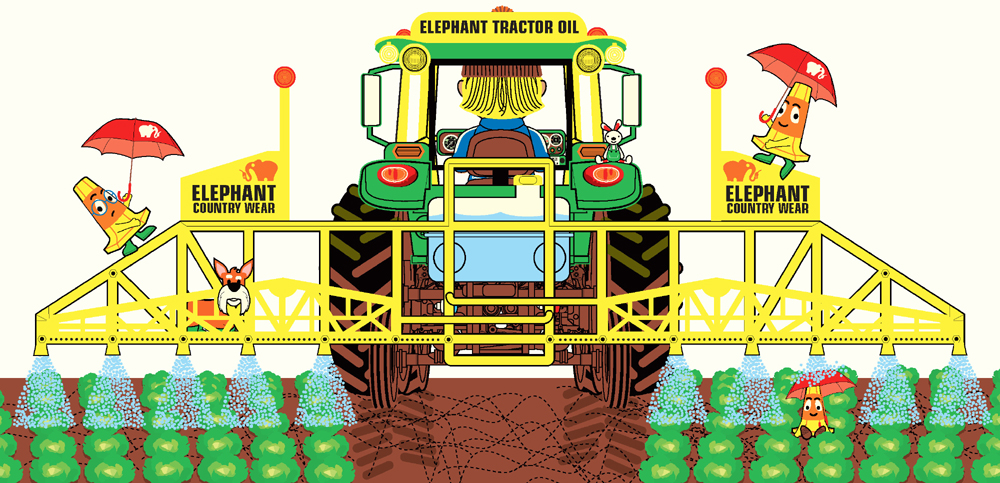 It gets sprayed onto the crops, to help them grow bigger and healthier. And tractors are useful for where they can go which is pretty much anywhere.
It gets sprayed onto the crops, to help them grow bigger and healthier. And tractors are useful for where they can go which is pretty much anywhere.
Some tractors have big wheels for going over hard, dry, bumpy ground. And some tractors have tracks just like tanks and bulldozers for wet, soft, muddy ground. Like this one. 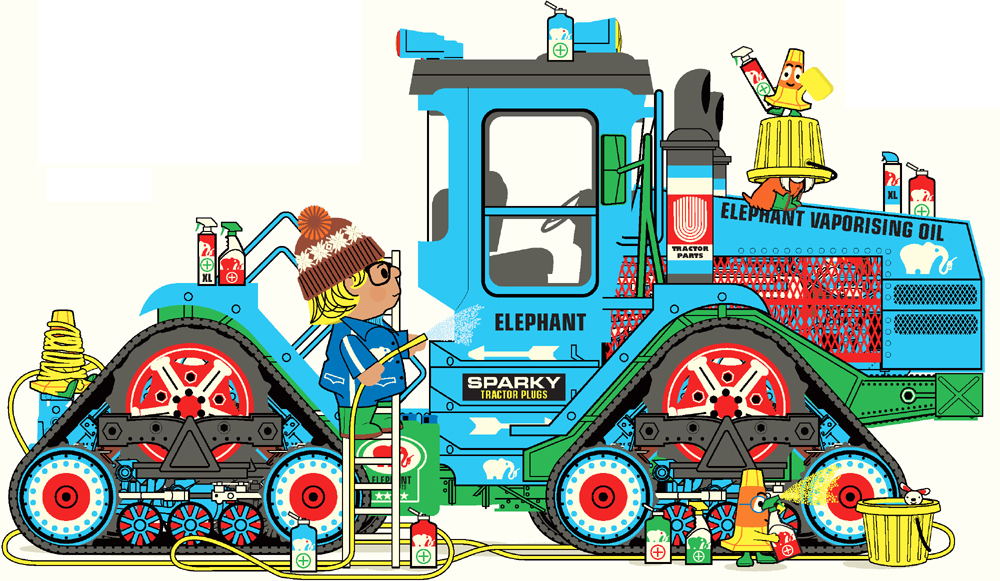 Not that I have any intention of proving it mine is brand new and I dont want to get it dirty. Farms and farmers have been around a lot longer than tractors. So what did they use before? Cows.
Not that I have any intention of proving it mine is brand new and I dont want to get it dirty. Farms and farmers have been around a lot longer than tractors. So what did they use before? Cows.
Like Daisy and Buttercup. 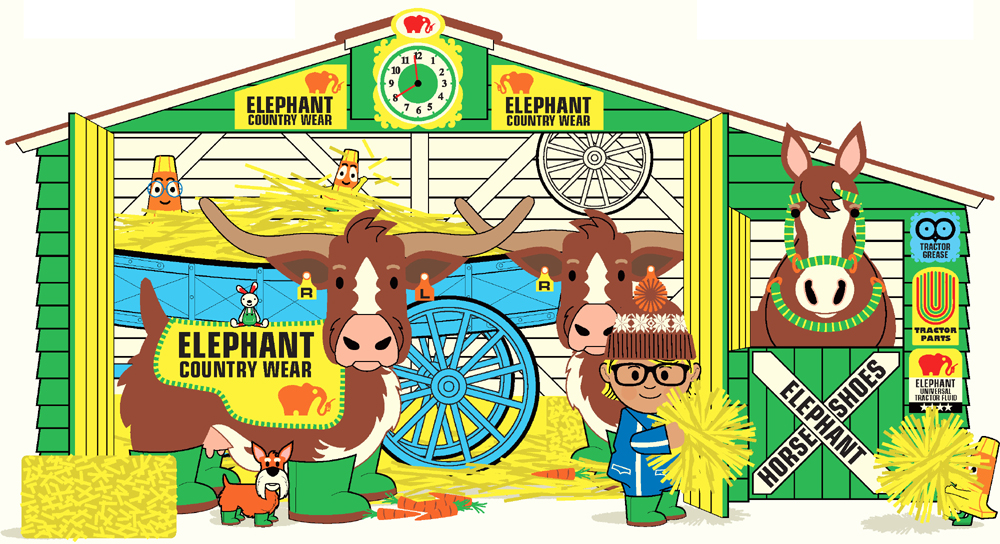 Or maybe a big horse, like Brian. They could pull the ploughs across the fields, or the wagons full of crops.
Or maybe a big horse, like Brian. They could pull the ploughs across the fields, or the wagons full of crops.  The first tractors were steam engines, powered by coal. Like modern tractors they were used to power farm machines that didnt have engines of their own. Like this great big wooden threshing machine.
The first tractors were steam engines, powered by coal. Like modern tractors they were used to power farm machines that didnt have engines of their own. Like this great big wooden threshing machine.
Because threshing machines do not have an engine, the wheat has to be cut by hand and dropped into the top. 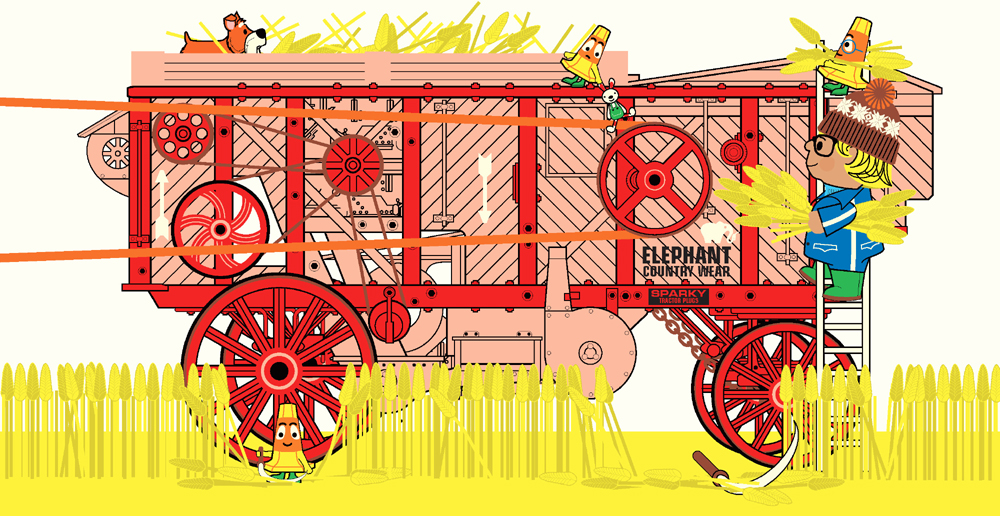 Then it separates the bit at the top of the wheat the grain which makes our bread and cereal, and the straw which the likes of Daisy, Buttercup and Brian sleep on. Todays threshing machine is called a combine harvester. It does what the old one did, but because it has an engine it can go along cutting (harvesting) the wheat itself.
Then it separates the bit at the top of the wheat the grain which makes our bread and cereal, and the straw which the likes of Daisy, Buttercup and Brian sleep on. Todays threshing machine is called a combine harvester. It does what the old one did, but because it has an engine it can go along cutting (harvesting) the wheat itself. 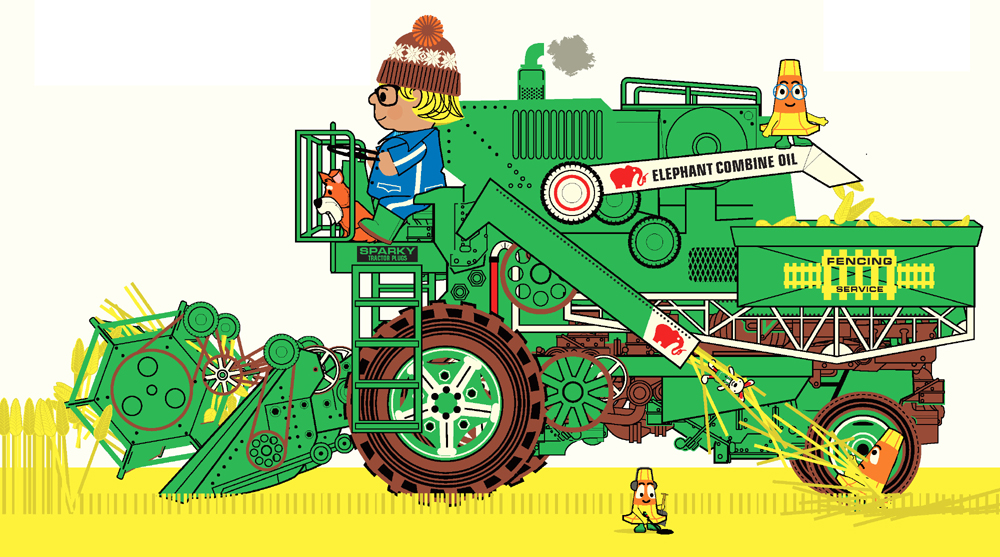 Then it sorts the grain from the straw, like the old threshing machine did. The combine harvester drops Daisy, Buttercup and Brians bedding in a neat line along the field.
Then it sorts the grain from the straw, like the old threshing machine did. The combine harvester drops Daisy, Buttercup and Brians bedding in a neat line along the field.
Then we use this my self-propelling fully-automated straw baler. It gathers up all the loose straw, squashes it tightly together and drops it out of the back. Hey presto! Straw bales! 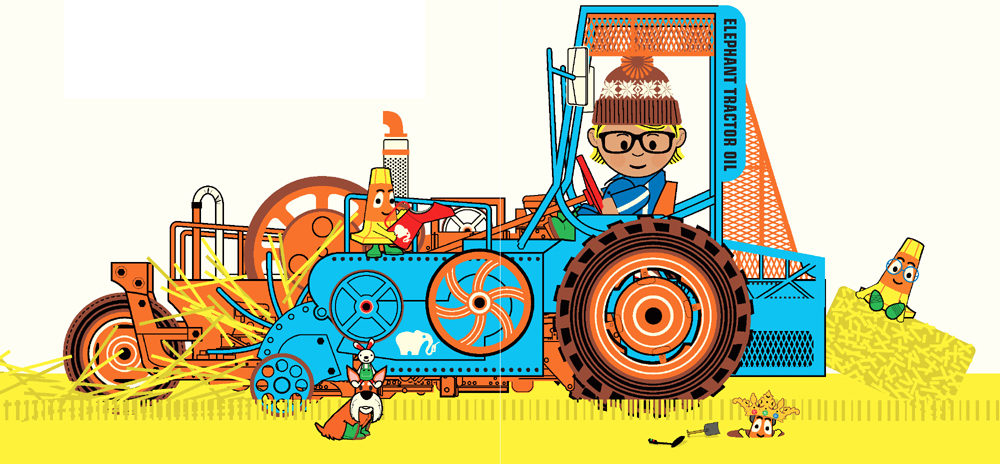 There is another machine on the farm that is not powered by an engine, or even by Daisy or Buttercup or Brian. You may not even know it is a machine at all...
There is another machine on the farm that is not powered by an engine, or even by Daisy or Buttercup or Brian. You may not even know it is a machine at all... 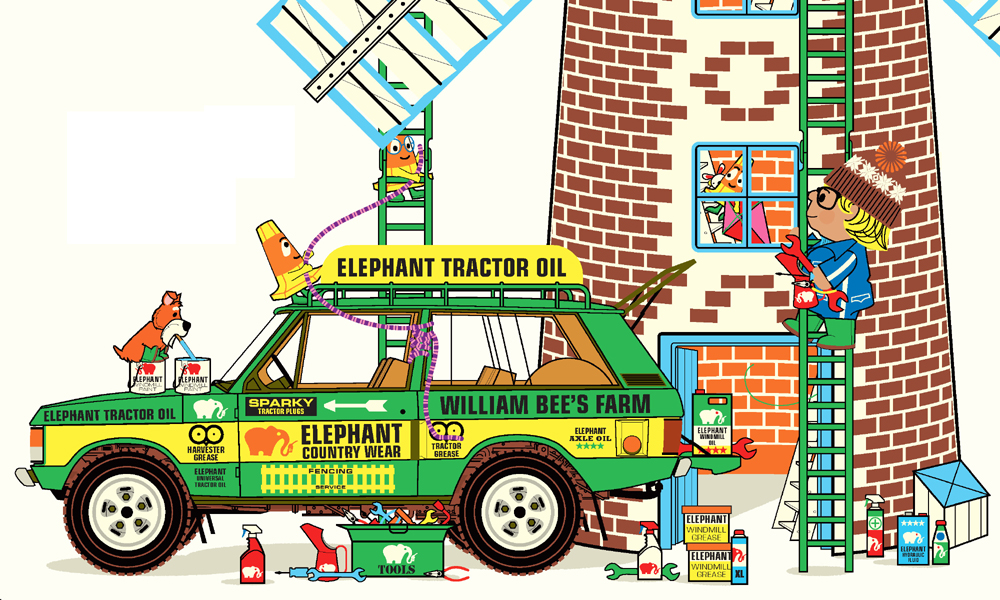 Its a windmill. It has great big sails which turn in the wind and drive the milling machine inside.
Its a windmill. It has great big sails which turn in the wind and drive the milling machine inside.
This crushes the grain from the wheat until it is flour which makes bread. Which reminds me... 
 We all got up really early this morning to show you my tractors the one that pulls, and the one that pushes, and the one that lifts, and the one that scoops (and shakes). And my farm machines the steam engine, and the threshing machine, and the combine harvester and of course Daisy and Buttercup and Brian. So early that we forgot to have any breakfast! And farming and making all that food is very hungry work!
We all got up really early this morning to show you my tractors the one that pulls, and the one that pushes, and the one that lifts, and the one that scoops (and shakes). And my farm machines the steam engine, and the threshing machine, and the combine harvester and of course Daisy and Buttercup and Brian. So early that we forgot to have any breakfast! And farming and making all that food is very hungry work!
More farm machine facts from William Bee
This is how a combine harvester cuts the wheat and separates the grain from the stalks. Wheat grows in the field.
The top of the wheat is called grain which is the bit we eat. The rest is straw, which cows and horses sleep on. The sharp blade in the green circle cuts the wheat. Then big wheels at the front of the combine harvester rotate the wheat onto a conveyor belt (like at a supermarket check out). 

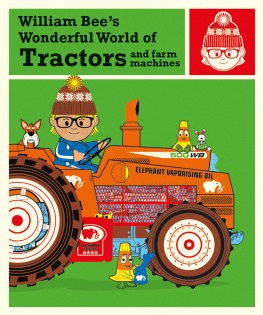


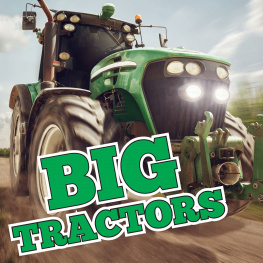
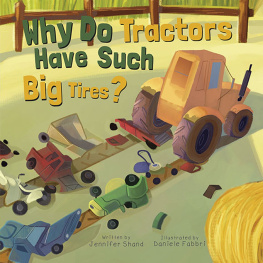
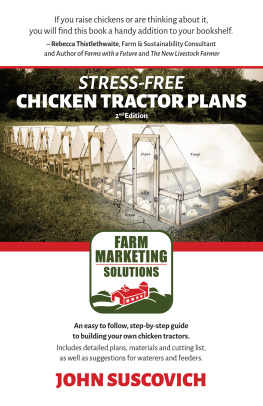


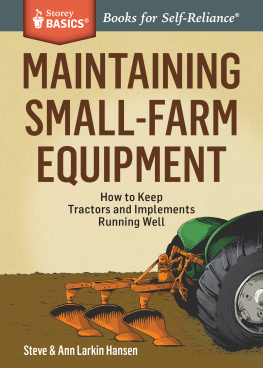
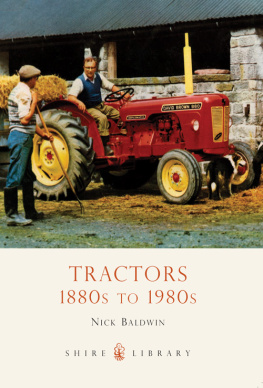
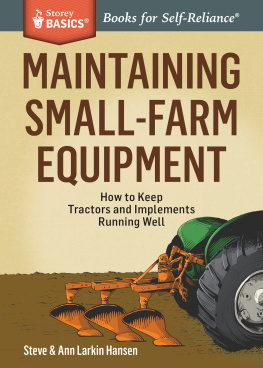


 Hello. I am William Bee, and this is my Wonderful World of Tractors and Farm Machines. Tractors and farm machines help farmers grow most of the food we eat. Potatoes and sugar and wheat and peas and carrots and apples and strawberries and... well you get the idea. anything much to eat at all! Tractors are the most useful of farm machines.
Hello. I am William Bee, and this is my Wonderful World of Tractors and Farm Machines. Tractors and farm machines help farmers grow most of the food we eat. Potatoes and sugar and wheat and peas and carrots and apples and strawberries and... well you get the idea. anything much to eat at all! Tractors are the most useful of farm machines.  They can be very small and thin like this one.
They can be very small and thin like this one.  Its wider than most tractors are long... ...even one as long as this.
Its wider than most tractors are long... ...even one as long as this.  It has four great big wheels and two great big engines like two tractors joined together which makes it very powerful and perfect for pulling the heaviest machinery through the thickest mud.
It has four great big wheels and two great big engines like two tractors joined together which makes it very powerful and perfect for pulling the heaviest machinery through the thickest mud. Tractors are useful for what they can push like this great big pile of smelly manure.
Tractors are useful for what they can push like this great big pile of smelly manure.  It gets spread over the upside-down soil and adds lots of natural (and smelly) goodness to help the crops grow. Tractors are useful for what they can pick up like these three great big tree trunks.
It gets spread over the upside-down soil and adds lots of natural (and smelly) goodness to help the crops grow. Tractors are useful for what they can pick up like these three great big tree trunks. Tractors are useful for what they can scoop up like these potatoes.
Tractors are useful for what they can scoop up like these potatoes.  They are shaken about to get rid of the dirt and then loaded into this wagon. Tractors are useful for what they can carry like this tank full of fertiliser.
They are shaken about to get rid of the dirt and then loaded into this wagon. Tractors are useful for what they can carry like this tank full of fertiliser.  It gets sprayed onto the crops, to help them grow bigger and healthier. And tractors are useful for where they can go which is pretty much anywhere.
It gets sprayed onto the crops, to help them grow bigger and healthier. And tractors are useful for where they can go which is pretty much anywhere. Not that I have any intention of proving it mine is brand new and I dont want to get it dirty. Farms and farmers have been around a lot longer than tractors. So what did they use before? Cows.
Not that I have any intention of proving it mine is brand new and I dont want to get it dirty. Farms and farmers have been around a lot longer than tractors. So what did they use before? Cows. Or maybe a big horse, like Brian. They could pull the ploughs across the fields, or the wagons full of crops.
Or maybe a big horse, like Brian. They could pull the ploughs across the fields, or the wagons full of crops.  The first tractors were steam engines, powered by coal. Like modern tractors they were used to power farm machines that didnt have engines of their own. Like this great big wooden threshing machine.
The first tractors were steam engines, powered by coal. Like modern tractors they were used to power farm machines that didnt have engines of their own. Like this great big wooden threshing machine. Then it separates the bit at the top of the wheat the grain which makes our bread and cereal, and the straw which the likes of Daisy, Buttercup and Brian sleep on. Todays threshing machine is called a combine harvester. It does what the old one did, but because it has an engine it can go along cutting (harvesting) the wheat itself.
Then it separates the bit at the top of the wheat the grain which makes our bread and cereal, and the straw which the likes of Daisy, Buttercup and Brian sleep on. Todays threshing machine is called a combine harvester. It does what the old one did, but because it has an engine it can go along cutting (harvesting) the wheat itself.  Then it sorts the grain from the straw, like the old threshing machine did. The combine harvester drops Daisy, Buttercup and Brians bedding in a neat line along the field.
Then it sorts the grain from the straw, like the old threshing machine did. The combine harvester drops Daisy, Buttercup and Brians bedding in a neat line along the field. There is another machine on the farm that is not powered by an engine, or even by Daisy or Buttercup or Brian. You may not even know it is a machine at all...
There is another machine on the farm that is not powered by an engine, or even by Daisy or Buttercup or Brian. You may not even know it is a machine at all...  Its a windmill. It has great big sails which turn in the wind and drive the milling machine inside.
Its a windmill. It has great big sails which turn in the wind and drive the milling machine inside.
 We all got up really early this morning to show you my tractors the one that pulls, and the one that pushes, and the one that lifts, and the one that scoops (and shakes). And my farm machines the steam engine, and the threshing machine, and the combine harvester and of course Daisy and Buttercup and Brian. So early that we forgot to have any breakfast! And farming and making all that food is very hungry work!
We all got up really early this morning to show you my tractors the one that pulls, and the one that pushes, and the one that lifts, and the one that scoops (and shakes). And my farm machines the steam engine, and the threshing machine, and the combine harvester and of course Daisy and Buttercup and Brian. So early that we forgot to have any breakfast! And farming and making all that food is very hungry work!